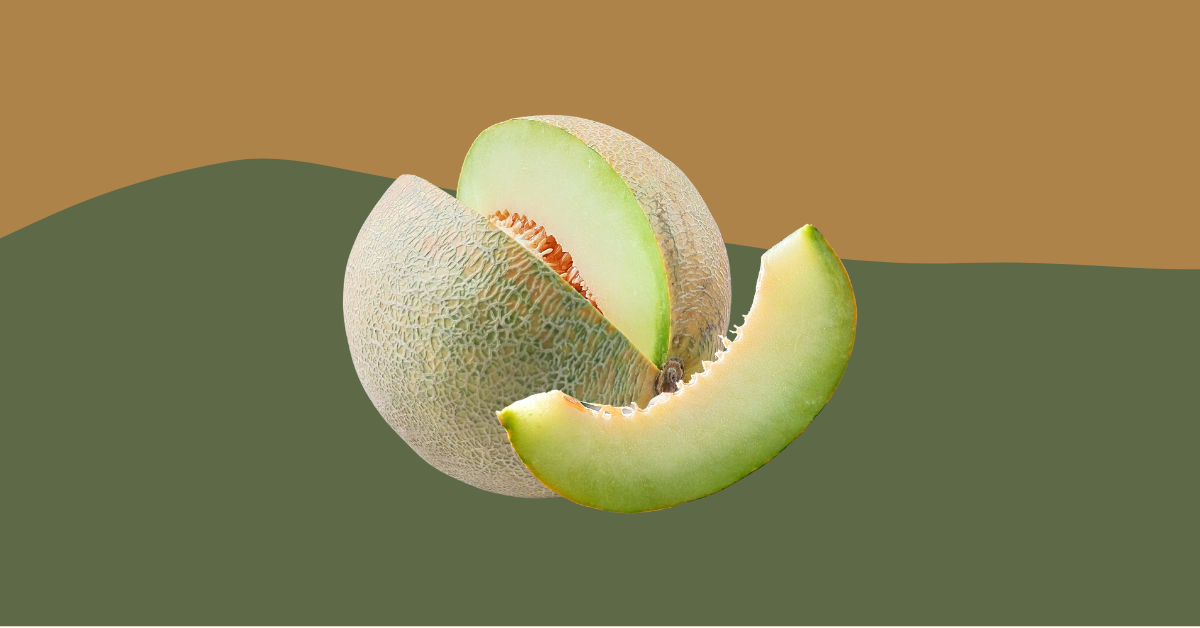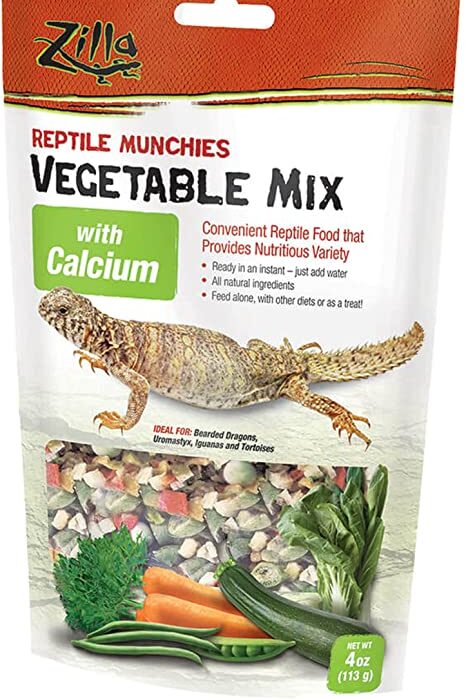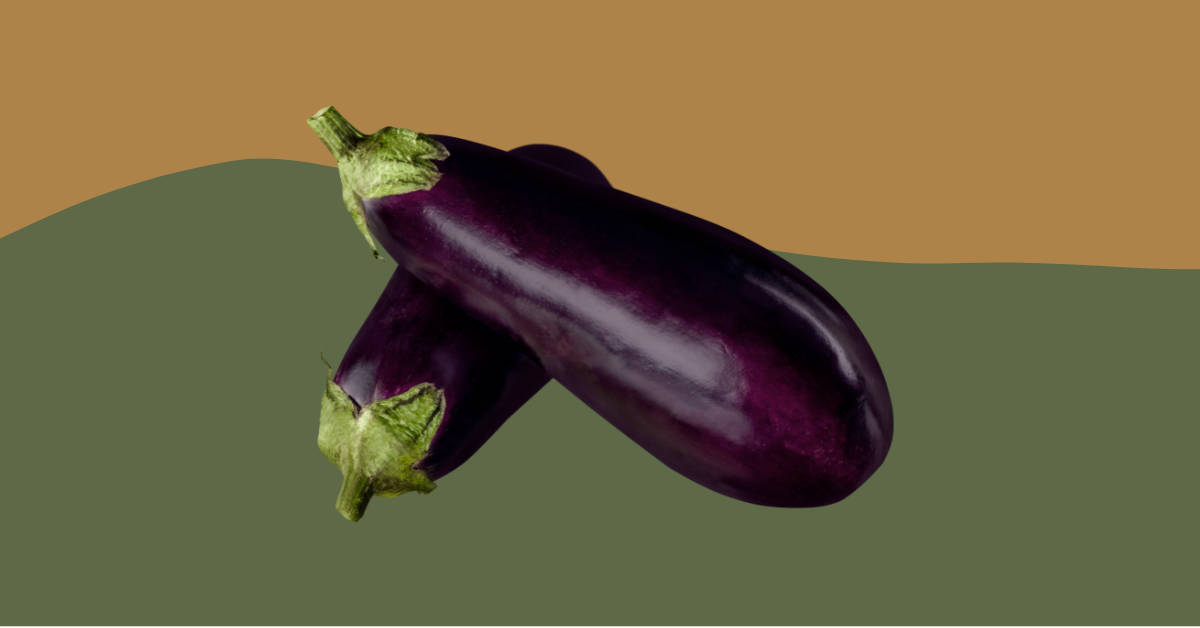Yes, bearded dragons can eat honeydew but in small quantities. A portion size should be no more than 10% of their total diet.
Table of contents
One aspect of their diet that often raises questions among owners is the incorporation of fruits. This article will explore one such fruit: honeydew. Can they safely consume it? And if so, how should it be prepared? This article will provide the do’s and don’ts. Learn about bearded dragon care, a step-by-step preparation guide, and find answers to frequently asked questions.
Related Article: Bearded Dragon Care: Expert Tips and Insights
Do’s
- Feed in Moderation: Although honeydew is safe for bearded dragons, it should only make up a small part of their diet due to its high sugar content.
- Cut into Small Pieces: Make sure to chop the honeydew into small, manageable pieces to prevent choking.
- Remove Seeds: Always remove seeds before feeding honeydew to your bearded dragon.
Don’ts
- Don’t Overfeed: Overfeeding honeydew can lead to health problems like obesity and dental issues due to the high sugar content.
- Don’t Replace Veggies: Honeydew should never replace the essential greens in a bearded dragon’s diet.
- Don’t Feed Unwashed Fruit: Always wash honeydew thoroughly to remove any potential pesticides or chemicals.
Best Practices for Feeding Honeydew to Bearded Dragons
Following best practices when feeding your bearded dragon will ensure their safety and overall health. Here are some best practices to keep in mind:
- Freshness First: Always ensure the honeydew you are offering to your bearded dragon is fresh. Overripe, rotting, or spoiled fruits can harbor harmful bacteria that can lead to digestive problems and potential illness. Always check the fruit carefully before serving it to your pet.
- Serve at Room Temperature: Cold foods can disrupt a bearded dragon’s digestion. Always serve honeydew at room temperature to avoid any potential digestive issues.
- Small Portions: Despite being safe, honeydew should only make up a small part of your bearded dragon’s diet due to its high sugar content. Too much fruit can lead to obesity, dental problems, and other health issues. A good rule of thumb is to make sure fruits constitute no more than 10% of your bearded dragon’s diet.
- Proper Size: Bearded dragons can choke on food that is too large or difficult to chew. Always cut honeydew into small, manageable pieces that your bearded dragon can easily eat.
- Remove the Seeds and Skin: The skin and seeds of a honeydew can be difficult for bearded dragons to digest and can pose a choking risk. Always remove them before serving honeydew to your pet.
- Hygiene is Key: Thoroughly wash the honeydew before serving it to your bearded dragon. Fruits can often carry traces of pesticides or other chemicals that can be harmful to your pet.
- Variety is Important: While honeydew can be a tasty treat, it’s crucial to provide a varied diet for your bearded dragon. They need a mix of vegetables, other fruits, and insects to get all the nutrients they require for a healthy life.
- Monitor Your Pet: Every bearded dragon is unique and may react differently to different foods. After introducing honeydew, watch for any signs of discomfort or changes in eating and defecation habits. If any negative symptoms persist, consult a vet immediately.
Related Article: Bearded Dragon Feeding Guide: Nutrition Tips
Step-by-Step Guide to Preparing Honeydew for Your Bearded Dragon
Step 1
Selection: Choose a ripe honeydew melon. It should be firm but give slightly when you press the skin.
Step 2
Wash: Thoroughly wash the honeydew under running water to remove any pesticides or chemicals on the skin.
Step 3
Cut: Cut the honeydew into small, manageable pieces suitable for your bearded dragon’s size.
Step 4
Deskin and Deseed: Remove the skin and any seeds from the honeydew pieces. These can be hard for bearded dragons to digest.
Step 5
Serve: Place a few pieces of honeydew in your bearded dragon’s enclosure. Remember, it should be served at room temperature.
Need Recommendations?
Here’s Our Top Amazon Picks
You may also like 📖
Frequently Asked Questions
How often should I feed my bearded dragon honeydew?
Honeydew should be considered a treat rather than a staple in your bearded dragon’s diet due to its high sugar content. It’s recommended to feed honeydew to your bearded dragon once a week or less, and it should make up no more than 10% of their total diet.
What are the nutritional benefits of honeydew for bearded dragons?
Honeydew melon provides a good source of hydration for your bearded dragon, as it’s made up of about 90% water. It also contains some essential vitamins and minerals like Vitamin C, B-vitamins, and potassium. However, it’s not sufficient to meet all the nutritional needs of your pet, so it should be part of a balanced diet that includes greens, other safe fruits, and insects.
Can baby bearded dragons eat honeydew?
Baby bearded dragons can eat honeydew, but in very tiny quantities. Since they require a lot of protein for their rapid growth, their diet should primarily consist of protein-rich insects. Introduce fruits like honeydew gradually and monitor for any signs of digestive issues.
What other fruits can I feed my bearded dragon?
Bearded dragons can eat a variety of fruits including apples, pears, strawberries, and peaches. Always remember to wash the fruit thoroughly, remove any seeds or pits, and cut it into appropriate sizes for your dragon to prevent choking.
Can bearded dragons eat honeydew skin and seeds?
It’s best to remove the skin and seeds before feeding honeydew to your bearded dragon. The skin can be tough and difficult for them to digest, and the seeds can pose a choking risk.
Conclusion and final thoughts 💭
Feeding honeydew to your bearded dragon can be a wonderful treat for them, offering hydration and variety to their diet. However, it’s crucial to remember that moderation is key. This fruit should never replace the essential greens and insects in their diet. By following the best practices, do’s and don’ts, and preparation guide outlined in this article, you can safely introduce honeydew into your bearded dragon’s dietary routine.
Always monitor your pet for any changes in their behavior or digestion after introducing new foods. When in doubt, consult with a professional veterinarian for personalized advice.
Looking for more? Here’s our roadmap:
General Bearded Dragon Pet Owners Guide
Bearded dragons are native to the arid regions of Australia and are known for their unique beard-like appearance. As pets, they have become increasingly popular due to their friendly and inquisitive nature, making them an ideal choice for reptile enthusiasts. Bearded dragons are diurnal, meaning they are active during the day, and their average lifespan ranges from 8 to 12 years, with proper care. When considering adopting a bearded dragon, it’s essential to be prepared for a long-term commitment and be well-informed about their care requirements.
One of the most crucial aspects of bearded dragon care is providing an appropriate enclosure. Adult bearded dragons thrive best in a 20 to 50-gallon tank, but a larger enclosure is always better. It’s important to always keep the tank clean. The tank should have a basking area with a temperature range of 95-110 degrees Fahrenheit, as well as a cooler area with a temperature between 75-85 degrees Fahrenheit. In addition, bearded dragons need access to UVB lighting to help them synthesize vitamin D3 and properly metabolize calcium, which is vital for their bone health.
A balanced diet is essential for a healthy bearded dragon. Their dietary requirements change throughout their life stages; juvenile bearded dragons need a higher protein intake, with insects making up around 80% of their diet and the remaining 20% consisting of vegetables and fruits. As they grow into adults, their diet should consist of approximately 20% insects and 80% vegetables and fruits. It’s important to offer a variety of food items to ensure they receive all the necessary nutrients, and to dust their food with calcium and multivitamin supplements as recommended by a reptile specialist or veterinarian.
Regular interaction and observation of your bearded dragon are vital for maintaining their well-being. Handling your pet gently and frequently can help build trust and strengthen your bond. Monitor your bearded dragon’s behavior, appetite, and overall health to detect any potential issues early on. If you notice any signs of illness, such as lethargy, loss of appetite, or irregular bowel movements, consult a reptile specialist or veterinarian for guidance. Proper care, feeding, and attention will ensure your bearded dragon remains a happy and healthy companion for years to come.







Leave a Reply